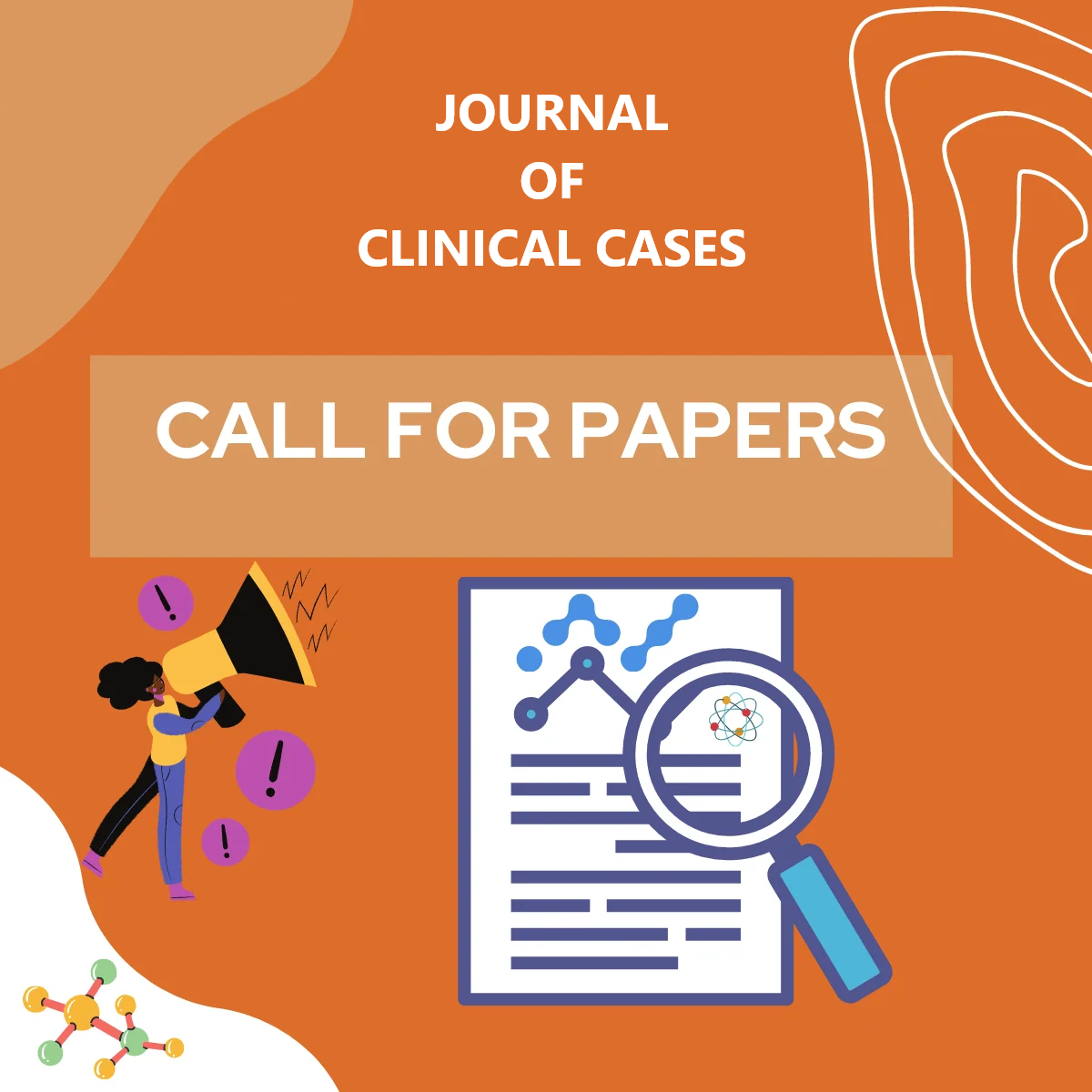Journal Citations
- Crossref
- PubMed
- Semantic Scholar
- Google Scholar
- Academia
- SCRIBD
- ISSUU
- Publons
- MENDELEY
Share This Page
Journal Page

Molecular And Clinicohistopathological Characteristics Of Brainstem Gliomas In Paediatrics And Adults: A Retrospective Comparative Study
Kabulo Katshi Cedric, and Kapita Izana Marie Jeanne
Departments:
Department of Oral Pathology, College of Stomatology, Dalian Medical
University, Dalian, China. University of Lubumbashi Department of
pathology, Clinic of University of Lubumbashi.
University of Lubumbashi, department of Pahology, Clinic of
Lubumbashi.
Corresponding Author: Kabulo Katshi Cedric
Published Date: 23 April 2024; Received Date: 02 April 2024
ABSTRACT
Background: In contrast to pediatric brainstem gliomas, adult brainstem gliomas are rare and tend to be less invasive. There are some notable differences between adult and pediatric brainstem gliomas which significantly affect their management and prognosis. The goal of this study was to analyze clinicohistopathological, neuroradiological and molecular markers differences between these two age groups in a small series of 25 histologically proven brainstem gliomas.
Method: Between 2020 and 2022, 38 patients with histologically proven brainstem gliomas were retrospectively analyzed. Data about clinical course of a disease, neuroradiological, molecular biomarkers and histopathological findings were analyzed.
Results: The age ranged from 2 to 60 years (median 30 years). The female to male ratio was 1.1:1 in children and 2.5:1 in adults. The commonest presenting symptom in children was ataxia (52.9%), and headache (52.4%) in adults. Ocular symptoms were commoner in adults than pediatrics (p<0.067). On the post-contrast T1 weighted MRI, a higher proportion of children had diffuse and hyperintense masses involving the pons (52.9% versus 17.4%). Histologically, 73.7% of the tumors were astrocytomas with astrocytoma grade III being the most common. BSGs MGMT promoter expression in adults was significantly higher than in pediatric (p<0.003). With the exception of only one patient who died before surgery, the gross total resection was achieved in 71.4% of adults unlike 41.2% in pediatric patients.
Conclusion: The existence of clinical, radiological and molecular differences between adult and pediatric brainstem gliomas may be attributed by the differences in the tumor biology. The histopathological examination showed no significant difference between the two groups and the majority of tumors were grade III astrocytomas. Diffuse tumors remained to be highly common infiltrative lesion in children. BSGs MGMT promoter expression in adults was significantly higher than in pediatric (p<0.003). For resectable tumors, we advise gross total resection as they are associated with favorable outcome.

